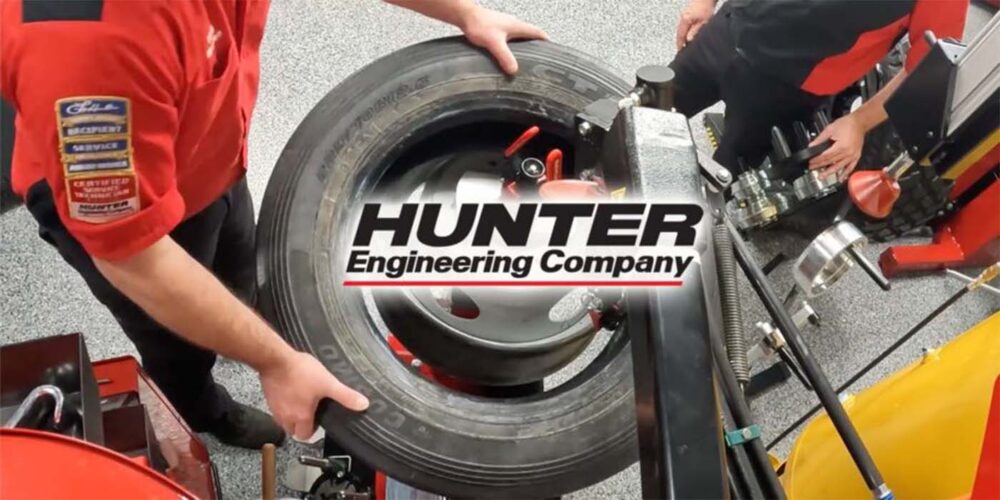Have you ever been on a completely flat road? Me either.
Every little tar strip or dip on the road induces suspension movement, which spring and dampener systems control. Regardless of the motion, springs compress and subsequently release the energy into the vehicle’s body, dampener, or road surface.
In this Tire Review Continental Tire Garage Studio video, we talk about vehicle springs and how replacing worn ones will help your customer achieve a smoother ride.
The constant use of springs as your customers drive causes them to wear down, highlighting noticeable performance issues. During its use cycle, a steel spring will compress, and a bit of life is taken out of it. It’s not the amount of travel that matters, but the frequency of the cycles. As a suspension exceeds 80,000 miles, for example, the number of cycles could be in the trillions. This is why springs wear out and break.
It would be like installing a new tire without replacing the valve stem or TPMS service kit. It might save the customer money now, but could cause a failure down the road. Similarly, replacing struts on high-mileage vehicles replacing the struts without addressing the springs may lead to an underperforming vehicle. Reassembling a new strut with old and worn springs and strut plates will yield unsatisfactory results.
When installing new struts or shocks, weak springs are more susceptible to failure, especially if the springs have a thinner design and an outer plastic coating to reduce weight and prevent corrosion. Damage to the outer coating can lead to corrosion of hot spots that weaken the spring and eventually cause it to break.
To identify potential weak springs, start by consulting ride height specifications and measure ride height on all sides of the vehicle. If the measurements fall below specifications or exceed tolerances, it’s likely that one or more springs needs to be replaced. If you can’t tell through the initial consultation, you may want to recommend a test drive to assess spring condition. It’s advisable to replace springs in pairs to maintain consistent ride height from side to side, and in most cases, all four springs should be replaced simultaneously.
Don’t forget to follow us on Instagram and Facebook and subscribe to our YouTube channel for more tire, service and shop operations videos.













